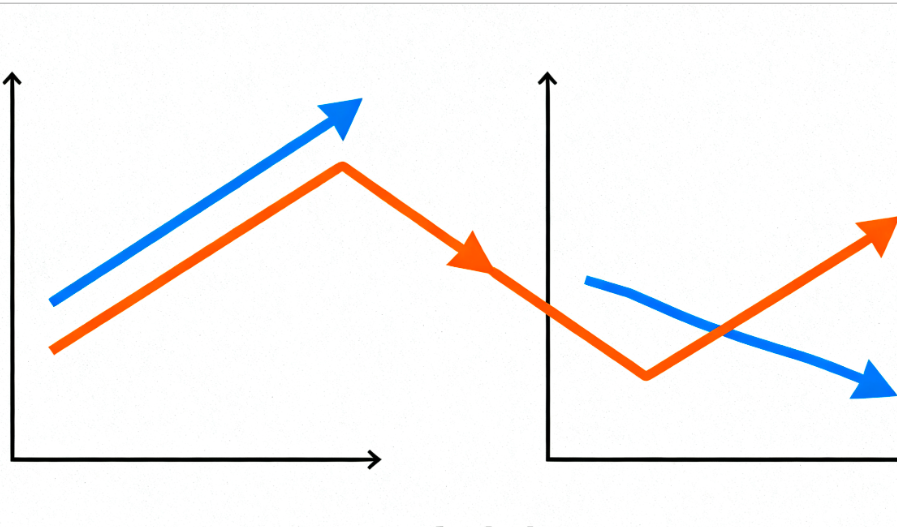
Recent research shows that the threat of a "51% attack" on Bitcoin is severely underestimated by the market, with attackers needing only about $60 billion to destroy Bitcoin.
On October 9, Duke University finance professor Campbell Harvey warned in a recent study that although both Bitcoin and gold are seen as favorites for "currency devaluation trades," the risks facing Bitcoin far exceed those of gold.
Attackers could gain control of the Bitcoin network within a week by purchasing $4.6 billion worth of hardware equipment, investing $1.34 billion in building data centers, and adding approximately $130 million per week in electricity costs.
(Overnight, Bitcoin's rebound failed, falling about 3.3% from its daily high.)
By shorting Bitcoin through the derivatives market, attackers could reap huge profits when the price of Bitcoin plummets, enough to cover the attack costs. Harvey emphasized:
You could destroy Bitcoin's value with $6 billion. While this attack sounds highly technical, its credibility is high.
Matt Prusak, President of U.S. Bitcoin Corp, believes these concerns are exaggerated. Accumulating and deploying mining equipment takes years, shorting requires substantial collateral, and exchanges might suspend suspicious transactions.
51% Attack: A Fundamental Threat to Bitcoin
A 51% attack refers to a situation where a single entity controls more than half of the computing power (hash rate) of a blockchain network.
Once successful, the attacker can alter the ledger, forge transactions, and even perform "double-spending" attacks—where the same digital token is used more than once.
In contrast, gold does not have similar systemic risks.
Furthermore, the current boom in the Bitcoin derivatives market provides economic incentives for a 51% attack.
Harvey's paper points out that traders can establish short positions and, with less than 10% of the average daily trading volume, obtain huge profits sufficient to cover the attack costs.
This profit mechanism significantly enhances the economic feasibility of such an attack, especially considering the attack cost is only 0.26% of Bitcoin's total network value, far lower than many investors expect. Harvey stressed:
The low cost of attack is a serious issue for Bitcoin's future viability and security.
Harvey further noted that such attacks would likely be conducted overseas, as many regions lack effective measures to prevent market manipulation.
Industry Divided on Attack Risk
Despite Harvey's serious warnings, opinions within the industry are divided.
Prusak believes the economic feasibility is insufficient to support the 51% attack theory. He stated:
Accumulating and deploying enough mining equipment would take years, making it impractical in reality.
Prusak also emphasized that shorting Bitcoin requires massive collateral, and if exchanges suspect manipulation, they might halt trading, preventing attackers from realizing their gains.
Other blockchains have indeed suffered 51% attacks and survived.
Bitcoin Gold and Ethereum Classic, both forks of Bitcoin, have been attacked. They are smaller blockchains with less miner support, making them more vulnerable to manipulation.
Further Reading: Bitcoin, the "Digital Gold" of the 21st Century?
Against the backdrop of US dollar inflation and massive US national debt, the narrative of Bitcoin as a potential hedge is gaining more mainstream acceptance.
According to information released by MicroStrategy on social platform X on Tuesday, as Bitcoin hit a new all-time high of $126,080 on Monday, the value of the company's 640,031 Bitcoins briefly exceeded $80 billion.
This figure brings its corporate treasury size close to that of Amazon, Google, and Microsoft. These three tech giants each hold approximately $95 billion to $97 billion in cash or cash equivalents.
This milestone comes as corporate adoption of Bitcoin exploded in 2025. The number of publicly traded companies holding Bitcoin on their balance sheets has now grown from less than 100 at the start of the year to over 200.
Behind the growing corporate interest in Bitcoin lies a deeper motivation to hedge against macroeconomic risks. J.P. Morgan analysts noted last week that, against the backdrop of US national debt nearing $38 trillion, Bitcoin, like gold, is a "devaluation trade" and can serve as a hedge against US dollar inflation.
This view was echoed by BlackRock CEO Larry Fink. The former Bitcoin critic stated in January this year that Bitcoin could reach $700,000 due to currency devaluation concerns.
Additionally, with accelerating de-dollarization trends and surging safe-haven demand, traditional central bank reserve allocations might also undergo a significant shift.
On October 10, a recent report from Deutsche Bank suggested that Bitcoin and gold are poised to become important components of the reserves of many central banks worldwide by 2030, driven by growing institutional investor interest and the weakening dominance of the US dollar.
The report stated that central bank allocation to Bitcoin could reflect a new, modernized "cornerstone of financial security," comparable to the role gold played in the 20th century.
The report argues that uncertainty triggered by US tariff policies and geopolitical risks are prompting investors to seek inflation hedges and prepare for a future where traditional fiat currencies might play a diminished role. In this context, gold prices have surpassed the $4,000 per ounce mark, and Bitcoin's trading price is approaching the record high set earlier this week.
Report data shows that the US dollar's share of global reserves has fallen from 60% in 2000 to 41% in 2025. This shift has not only boosted gold but also benefited Bitcoin, driving record net inflows of $5 billion into gold ETFs and $4.7 billion into Bitcoin ETFs in June.
However, Deutsche Bank senior economist Marion Laboure clearly stated in the report, "Neither Bitcoin nor gold will fully replace the US dollar." The report emphasized that in central bank reserve strategies, digital assets should be viewed as "complementary" tools to national currencies, not replacements.
















